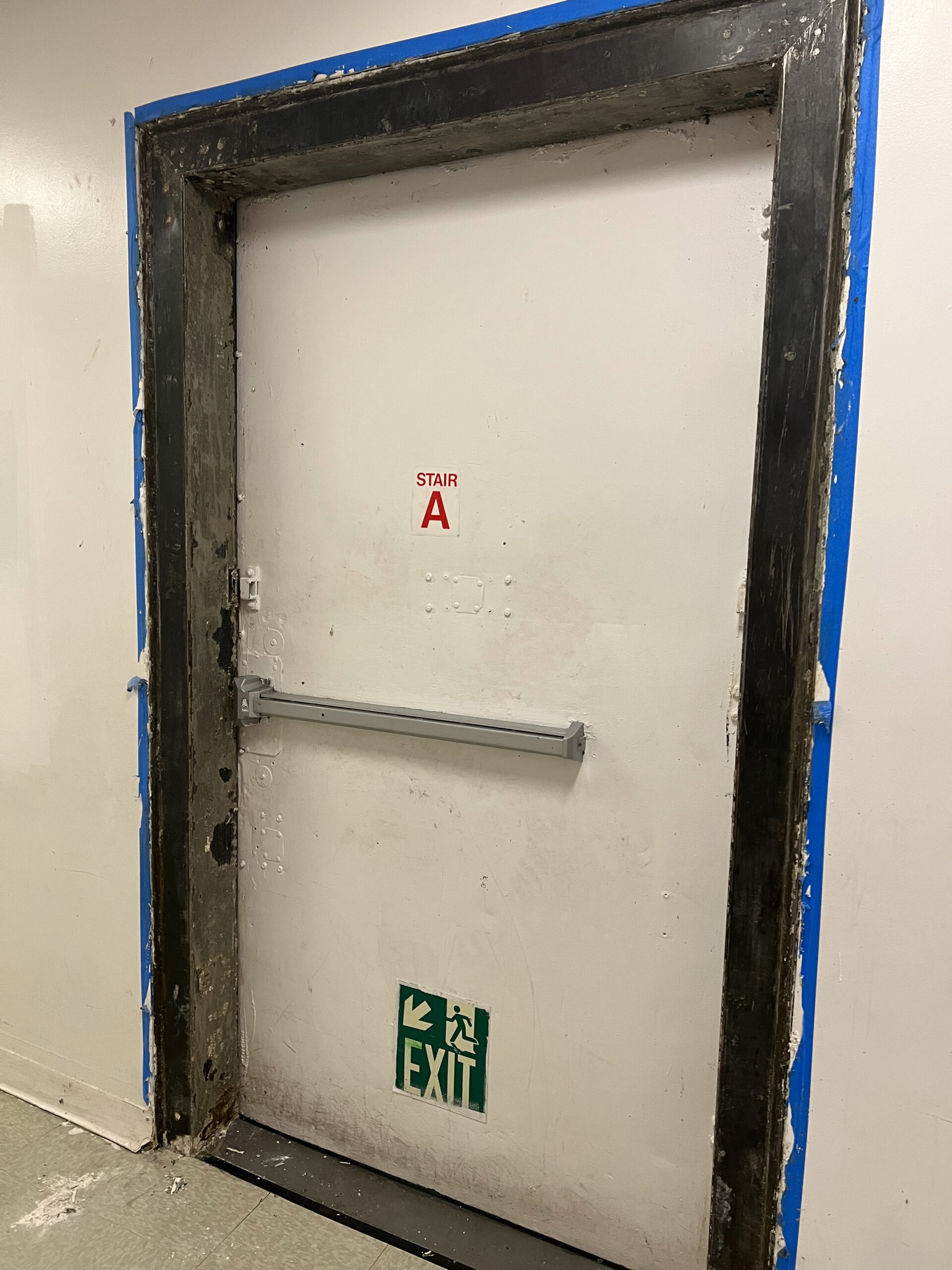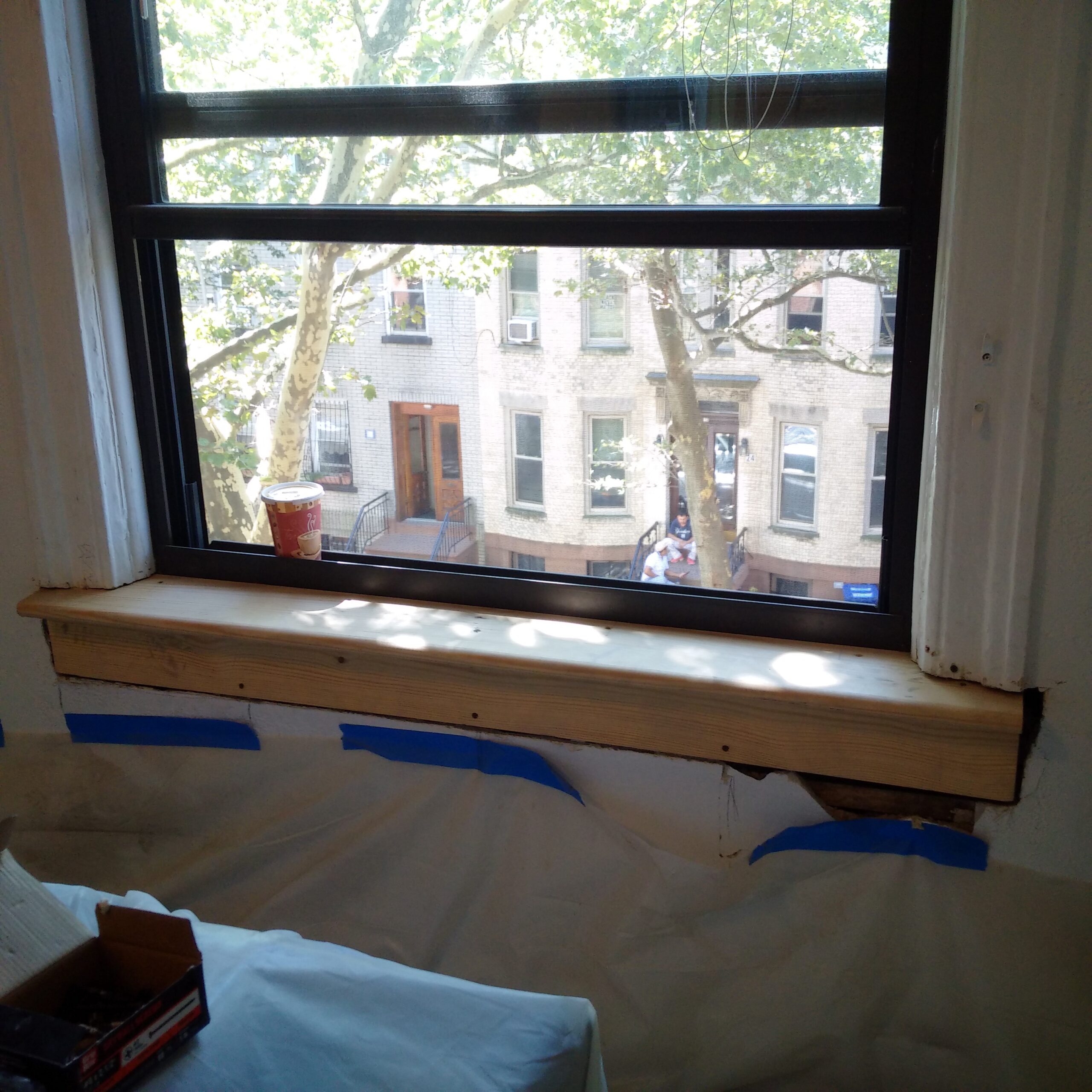NYC Lead Paint Removal Company-- Making Sure Safe and Legal Compliance
NYC Lead Paint Removal Company-- Making Sure Safe and Legal Compliance
Blog Article
Step-by-Step Process for Successful Lead Infraction Removal
Resolving lead violations demands a careful and structured approach to guarantee both security and regulatory conformity. The trip starts with the exact detection and evaluation of contamination sources, making use of cutting-edge diagnostic tools. Following this, adherence to federal and state policies is vital to creating a reliable removal strategy. Such a strategy must detail the particular methods and timelines for activity. The real removal calls for skilled workers to carry out these strategies while strictly following safety procedures. But what occurs after the remediation is completed? The response hinges on comprehending the necessary post-remediation methods that ensure long-term safety and neighborhood health.

Discovery and Assessment
Detection and assessment are essential action in the removal of lead offenses. To make certain a reliable remediation process, it is vital to perform an extensive examination of the setting where prospective lead exposure exists. The first stage of discovery entails identifying sources of lead contamination, which can be located in paint, water pipelines, dirt, and dust. Making use of sophisticated diagnostic devices such as X-ray fluorescence (XRF) analyzers and atomic absorption spectroscopy (AAS) can offer exact dimensions of lead concentrations.
This consists of evaluating the degree and severity of contamination, as well as recognizing populations at risk, especially youngsters and pregnant women. The gathered information must be diligently recorded to sustain the advancement of a reliable remediation technique.
In addition, it is necessary to focus on areas with the highest degree of contamination and those that present the best health and wellness threats. Reliable interaction with stakeholders, including building proprietors, residents, and public health authorities, is essential for making certain that all parties are educated concerning the findings and the subsequent actions required for removal. This preliminary detection and evaluation phase lays the groundwork for an effective lead infraction removal process.

Lawful and Regulatory Compliance
Browsing the landscape of lawful and regulatory conformity is a critical aspect of effective lead infraction removal. Compliance makes sure not just the security of damaged populaces but likewise the credibility and legal standing of the company responsible for remediation.
This involves meticulous paperwork of all removal activities to show conformity. Failure to adhere to these guidelines can result in serious charges, including significant fines, lawful activity, and reputational damage.
Engaging lawful professionals concentrated on ecological law can help with navigating these intricacies. Routine training and accreditation for all personnel associated with the removal process are additionally required to make certain adherence to security and regulative standards. By focusing on lawful and regulative conformity, companies can properly mitigate risks and attain a successful removal outcome.
Planning the Remediation
Effectively planning the remediation of lead violations starts with an extensive analysis of the polluted site. This initial assessment should include a thorough site examination to determine the degree and concentration of lead contamination. Comprehensive sampling and research laboratory evaluation are vital to develop a precise contamination account. This data-driven method makes certain that remediation initiatives are appropriately targeted and effective.
When the contamination is mapped, a threat assessment must be performed to assess possible wellness risks to humans and the atmosphere. Lead Violation Removal in NYC. This analysis should think about aspects such as direct exposure pathways, population susceptability, and ecological effects. The insights collected will certainly form the basis for selecting an appropriate removal technique
Consequently, establishing clear, achievable purposes for the remediation project is important. These goals must straighten with governing criteria and stakeholder assumptions to ensure compliance and community approval. Creating a thorough removal strategy that details approaches, timelines, and source allowance will certainly assist in an organized technique to the clean-up process.
Furthermore, it is vital to engage with stakeholders early and maintain clear interaction throughout the planning phase. This consists of educating regional neighborhoods, acquiring required permits, and coordinating with regulatory firms to make certain all lawful and procedural requirements are fulfilled. A well-crafted removal plan not only deals with the contamination efficiently but additionally constructs depend on and teamwork among all parties included.
Carrying Out the Remediation
With a well-structured remediation strategy in position, the focus shifts to the real Click This Link implementation of the removal tasks. This phase includes activating the needed resources, including skilled employees, specific equipment, and top quality materials. Begin by plainly delineating functions and obligations to ensure liability and smooth coordination amongst employee.
This includes setting up control locations to prevent lead dust and debris from spreading, as well as utilizing air purification systems to keep air quality. Utilize techniques such as damp scratching, chemical removing, or encapsulation, depending on the severity and location of the contamination.
Throughout the remediation process, conduct regular examinations and air high quality monitoring to guarantee conformity with governing requirements. Reliable communication with stakeholders, including home proprietors and passengers, is essential to keep them notified of development and any type of unanticipated growths. By diligently adhering to these actions, the removal tasks can be executed efficiently and effectively, ultimately mitigating lead risks.
Post-Remediation Techniques
Post-remediation techniques play an essential duty in making certain the long-term success of lead offense remediation initiatives. These approaches incorporate recurring surveillance, maintenance, and area education to stop future lead exposure and ensure a risk-free setting.
First, regular monitoring is important. This includes regular screening of the previously affected areas to make sure that lead levels remain within risk-free limitations. Homeowner need to establish a schedule for these examinations, ideally in cooperation with licensed environmental specialists.

Third, enlightening the area plays an essential role in maintaining the benefits of removal. Citizens and building managers need to be notified concerning the dangers of lead exposure and the very best methods for maintaining a lead-safe setting. Workshops, informative handouts, and neighborhood meetings can be effective devices for sharing this details.
Verdict
Successful lead infraction removal calls for a detailed, organized technique encompassing discovery and analysis of contamination, adherence to try this site legal and regulatory standards, precise planning, and reliable implementation of remediation efforts. Post-remediation strategies, consisting of constant surveillance and community education, are necessary to sustain a lead-safe setting. Partnership with environmental professionals ensures recurring compliance and defense of public health and wellness. This methodical procedure underscores the importance of thoroughness and watchfulness in dealing with and mitigating lead contamination.
Report this page